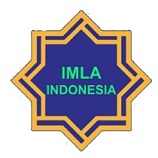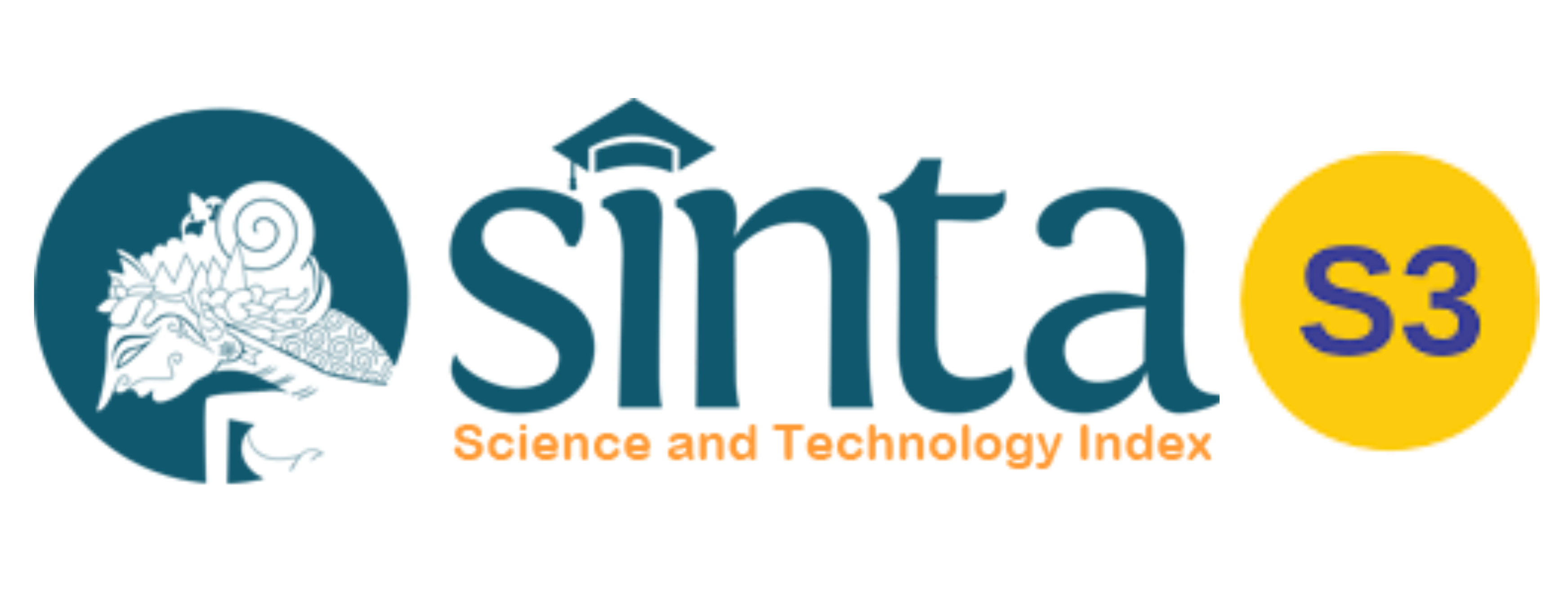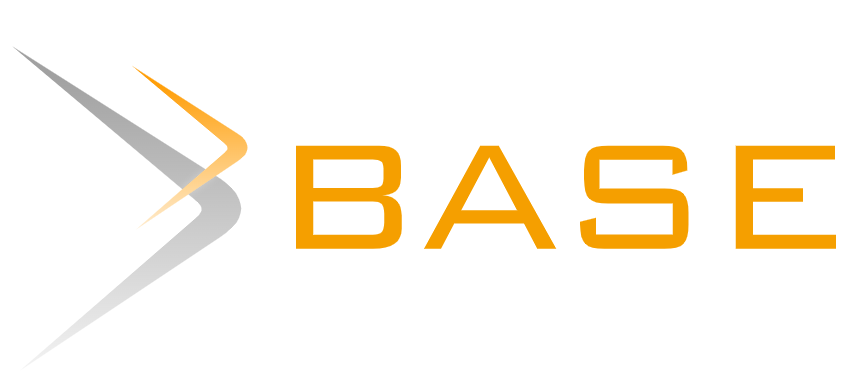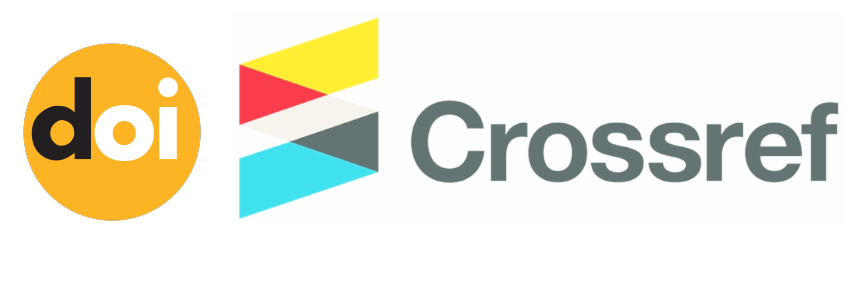UNITED STATES AND IRAN INTERVENTION IN THE POST-ARAB SPRING CONFLICT IN YEMEN
Abstract
This article describes the involvement of the United States and Iran in the conflict that occurred in Yemen after the Arab Spring. The conflict occurred due to political turmoil between the government and the opposition, in which America is a supporter of the government regime along with their ally, namely Saudi Arabia. In the opposition camp, Iran gave their support to the Houthi group that had the same ideology, namely Shi'ah. This research was conducted to answer the question of what are the interests of the United States and Iran in the proxy war in Yemen? The theory used in this research is the concept of national interest. This concept is closely related to the view of realism in international relations. The research method used is descriptive analytical by analyzing the relevant variables from various sources that have been filtered according to research needs. After conducting research, it can be concluded that the involvement of the United States and Iran in the Yemen conflict can be seen from four factors of national interest, namely defense interests, economic interests, world order interests, and ideological interests. Of these four interests, both the US and Iran want to show their dominance, existence, strength and influence in global politics of eyes world through intervention in the Yemen conflict after the Arab Spring.
Keywords
Full Text:
PDF (Bahasa Indonesia)References
ABM, M. A. (2013). Arab Spring: Badai Revolusi Timur Tengah yang Penuh Darah. Yogyakarta: IRCiSoD.
Al-Qadhi, M. H. (2017). The Iranian Role in Yemen and Its Implication on the Regional Security. Kairo: AGCIS: Arabian Gulf Center for Iranian Studies.
Al-Tamimi, A. A., & Venkatesha, U. (2021). The Main Factors of Yemeni Conflict: An Analysis. Jurnal Dinamika Pemerintahan, 4(2), 1-14.
Baron, A. (2015). Civil War In Yemen: Imminent and Avoidable. Jurnal European Council on Foreign Relations(130), 1-9.
Basuki, A. R., & dkk. (2019). Perang Saudara di Yaman: Analisis Kepentingan Negara Interventif dan Prospek Resolusi Konflik. Jurnal Ilmu Politik dan Komunikasi, IX(1), 8-24.
Brom, S., & Guzansky, Y. (2015). The Conflict in Yemen: A Case Study of Iran’s Limited Power. Jurnal INSS Insight, 16(747), 1-3.
Cordesman, A. H. (2017). The War in Yemen: Hard Choices in a Hard War. Jurnal Center for Strategic and International Studies (CSIS), 1-16.
Dermawan, R. (t.thn.). The National Interest Concept in A Globalised International System. International Journal of International Relations, 30-48.
Durac, V. (2012). Yemen's Arab Spring: Democratic Opening or Regime Maintenance? Mediterranean Politics, 17(2), 161-178.
Esfandiary, D., & Tabatabai, A. (t.thn.). Yemen: an Opportunity for Iran–Saudi Dialogue? The Washington Quarterly, 39(2), 155-174.
Farras, A. N. (2020). Balance of Power Dalam Intervensi Arab Saudi Pada Konflik Yaman yang Terjadi Pasca Arab Spring. Journal of International Relations, 6(1), 144-155.
Grove, T., Kalin, S., & Said, S. (2021). Fear of Iran, Shrinking U.S. Role in Middle East Push Rivals Together: Leaders of Israel and the United Arab Emirates Meet Amid Flurry of Diplomacy in Region. The Wall Street Journal, 1-8.
Guzansky, Y. (2012). Yemen: Between Iran, al-Qaeda, and the West. Jurnal INSS Insight, 350(2), 1-3.
Hakiki, F., & Sari, D. S. (2022). Kepentingan Nasional Arab Saudi dalam Kebijakan Intervensi Militer di Yaman terhadap Keterlibatan Iran. Jurnal Hubungan Internasional, 15(1), 93-111.
Irawan, D. (2021). Dinamika Keamanan Kawasan Timur Tengah dalam Persaingan Kekuatan Iran dan Amerika Serikat. Jurnal Dauliyah, 6(2), 221-248.
Johansson, L. (2020). The United States Involvement in Yemen: A Case Study with Rational and Humanitarian Reasoning of the Involvment, Infleunce, and its Objective. Diambil kembali dari https://www.diva-portal.org/smash/get/diva2:1522904/FULLTEXT01.pdf
Juneau, T. (2013). Yemen and the Arab Spring: Elite Struggles, State Collapse and Regional Security. Orbis, 57(3), 408–423.
Kendall, E. (2017). Iran’s Fingerprints in Yemen Real or Imagined? Atlantic Council, 1-11.
Kronenfeld, S., & Guzansky, Y. (2014). Yemen: A Mirror to the Future of the Arab Spring. Military and Strategic Affairs, 6(3), 79-99.
Moehnilabib, & dkk. (1997). Dasar-dasar Metodologi Penelitian. Malang: Lembaga Penelitian IKIP Malang.
Mustofa, A. Z. (2021). Analisis Kerja Sama Indonesia-Arab Saudi dalam Penanggulangan Kejahatan Terorisme. Jurnal PIR: Power in International Relations, 5(2), 175-190.
Mustofa, A. Z. (2021). Perang Proksi Amerika Serikat dan Iran dalam Politik Global Pasca Arab Spring. Yogyakarta: CV The Journal Publishing.
Mustofa, A. Z., & Syarifah, N. (2021). Politik Ofensif Amerika Serikat terhadap Sikap Defensif Iran: Dari Proksi hingga Dominasi. Indonesian Journal of International Relations, 5(2), 118-139.
Nuechterlein, D. E. (1976). National Interest and Foreign Policy: A Conceptual Framework for Analysis and Decision-Making. Brit. J. International Studies(2), 246-266.
Perkins, B. M. (2016). Yemen: Between Revolution and Regression. Studies in Conflict & Terrorism, 1-39.
Ramadhan, R. (2019). The Role of Iran in Yemen Conflict 2014-2018 (An Analysis Of Constructivism). ICSGS: International Conference on Strategic and Global Studies (hal. 1-11). Jakarta: European Union Digital Library.
Rofii, M. S. (2019). Dinamika Pasca Arab Spring: Membaca Pola “Proxy War” di Suriah dan kawasan Timur Tengah. Jurnal Dinamika Global, 4(2), 283-302.
Sahide, A. (2019). The Arab Spring: Tantangan dan Harapan Demokratisasi. Jakarta: Kompas.
studies.aljazeera.net. (2017). The Death of a Dictator: Yemen’s Miasma after Saleh. AlJazeera Centre for Studies, 1-8.
Terrill, W. A. (2011). The Conflict in Yemen and U.S. National Security. Strategic Studies Institute, US Army War College.
DOI: https://doi.org/10.20961/cmes.15.2.58232
Refbacks
- There are currently no refbacks.
Copyright (c) 2022 Jurnal CMES

This work is licensed under a Creative Commons Attribution-ShareAlike 4.0 International License.
| Copyright of CMES ISSN 2085-563X (print) and ISSN 2502-1044 (online) CMES Journal is licensed under a Creative Commons Attribution-ShareAlike 4.0 International License. | CMES (Center of Middle Eastern Studies) Print ISSN: 2085-563X Online ISSN: 2502-1044 Website: https://jurnal.uns.ac.id/cmes/index Email: cmes@mail.uns.ac.id Published by: Universitas Sebelas Maret Office: Department of Arabic Literature, Faculty of Cultural Science, Universitas Sebelas Maret Ir. Sutami Street, No. 36A, Surakarta, Jawa Tengah 57126 Phone: +62 822-4000-2313 |















